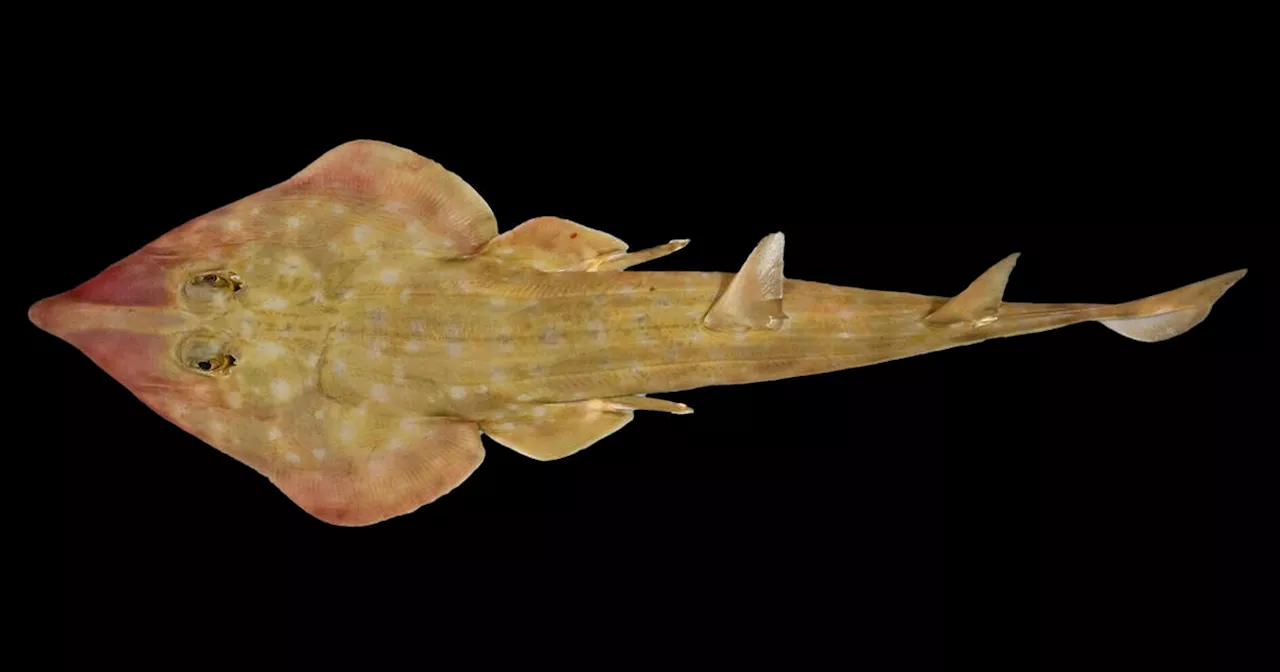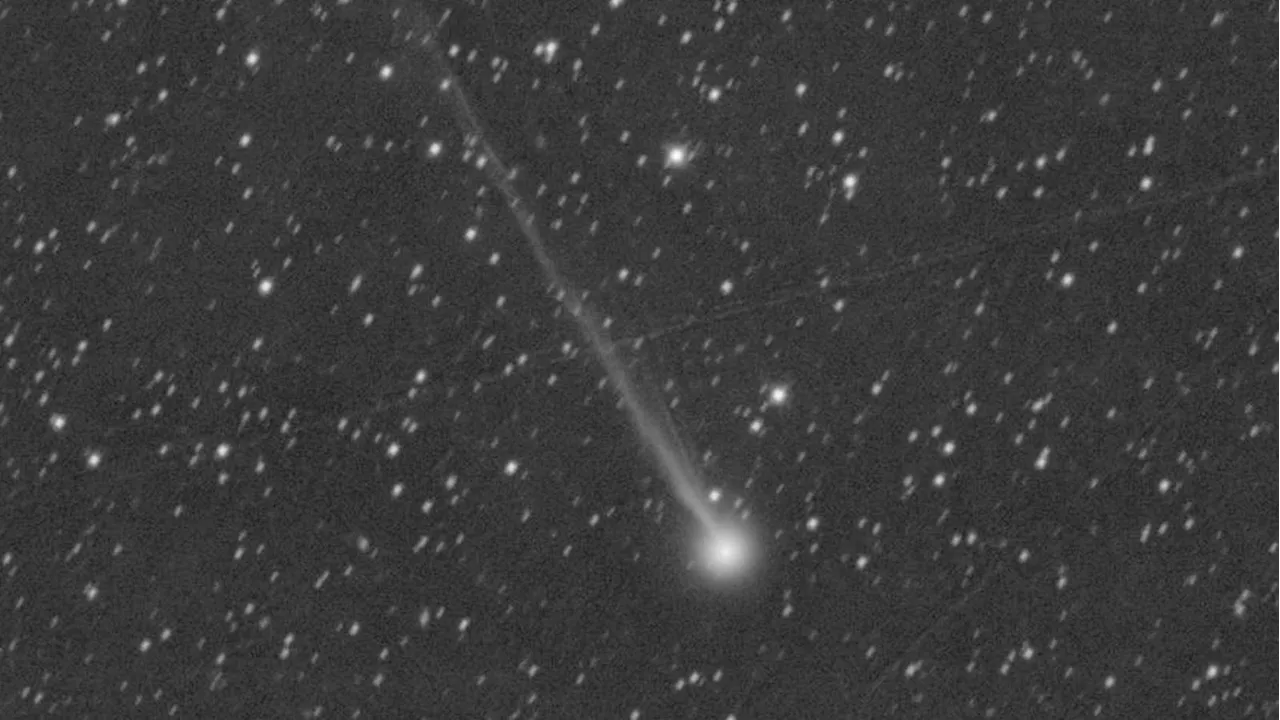A new comet has been discovered. Now getting closer to the sun and expected to brighten over the next few weeks, comet SWAN25F is now visible in binoculars.
A newly discovered comet has been spotted in the night sky. Tentatively called comet SWAN25F, it’s currently visible in binoculars and is expected to reach its brightest on May 1, 2025.Found in late March, comet SWAN25F has significantly increased in brightness, but it’s not visible to the naked eye. Only those with telescopes and large binoculars can observe it now.
Now 8th magnitude, it can be found during twilight above the northeastern horizon an hour before sunrise only from the Northern Hemisphere. It’s just below Scheat, one of the bright corner stars of the Great Square of Pegasus. Virtual planetarium stargazing app— the closest it gets to the sun — on May 1, 2025. After that date, it will emerge into the post-sunset evening night sky, but it will only be seen from the Southern Hemisphere.
New Comet Comet SWAN25F Comet SWAN Where Is Comet When To See Comet Comet Tonight Where To See Comet When To See The Comet Where To See The Comet
United States Latest News, United States Headlines
Similar News:You can also read news stories similar to this one that we have collected from other news sources.
 New comet SWAN25F is turning heads — and telescopes — toward the morning skyDaisy Dobrijevic joined Space.com in February 2022 having previously worked for our sister publication All About Space magazine as a staff writer. Before joining us, Daisy completed an editorial internship with the BBC Sky at Night Magazine and worked at the National Space Centre in Leicester, U.K.
New comet SWAN25F is turning heads — and telescopes — toward the morning skyDaisy Dobrijevic joined Space.com in February 2022 having previously worked for our sister publication All About Space magazine as a staff writer. Before joining us, Daisy completed an editorial internship with the BBC Sky at Night Magazine and worked at the National Space Centre in Leicester, U.K.
Read more »
 'Guitar shark' and snail with venomous 'harpoons' among 866 new marine species discovered in oceanNew species of shark, sea butterfly, mud dragon, bamboo coral, water bear, octocoral, and shrimp were just some of the marine life findings.
'Guitar shark' and snail with venomous 'harpoons' among 866 new marine species discovered in oceanNew species of shark, sea butterfly, mud dragon, bamboo coral, water bear, octocoral, and shrimp were just some of the marine life findings.
Read more »
 New Species Of Stingray Discovered Off Central And South American CoastsScientists have identified a new species of stingray in the Eastern Tropical Pacific, standing out with its spade-shaped body, long tail, and distinct genetic lineage.
New Species Of Stingray Discovered Off Central And South American CoastsScientists have identified a new species of stingray in the Eastern Tropical Pacific, standing out with its spade-shaped body, long tail, and distinct genetic lineage.
Read more »
 128 new moons discovered orbiting Saturn, nearly doubling the ringed planet's totalBen Turner is a U.K. based staff writer at Live Science. He covers physics and astronomy, among other topics like tech and climate change. He graduated from University College London with a degree in particle physics before training as a journalist.
128 new moons discovered orbiting Saturn, nearly doubling the ringed planet's totalBen Turner is a U.K. based staff writer at Live Science. He covers physics and astronomy, among other topics like tech and climate change. He graduated from University College London with a degree in particle physics before training as a journalist.
Read more »
 Major new clue discovered in decades-old mystery in suburban cold caseMore than 40 years after Karen Schepers disappeared from the suburbs, her car -- a 1980 Toyota Celica -- was found submerged in the Fox River.
Major new clue discovered in decades-old mystery in suburban cold caseMore than 40 years after Karen Schepers disappeared from the suburbs, her car -- a 1980 Toyota Celica -- was found submerged in the Fox River.
Read more »
 New cells discovered in eye could help restore vision, scientists sayEmily is a health news writer based in London, United Kingdom. She holds a bachelor's degree in biology from Durham University and a master's degree in clinical and therapeutic neuroscience from Oxford University.
New cells discovered in eye could help restore vision, scientists sayEmily is a health news writer based in London, United Kingdom. She holds a bachelor's degree in biology from Durham University and a master's degree in clinical and therapeutic neuroscience from Oxford University.
Read more »
